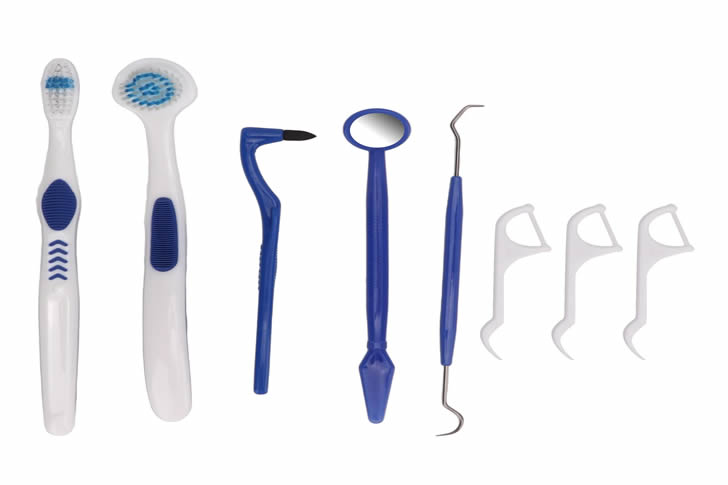How to Protect Your Teeth from Acidic Foods and Drinks
Acidic foods and beverages can be tantalizing and refreshing, but they also pose risks to our dental health. Over time, the acids can erode tooth enamel, leading to sensitivity, discoloration, and other dental issues. This article will guide you through ways to enjoy your favorite acidic treats while minimizing potential harm to your teeth.

- Understand the pH Scale: Being informed about acidity can help you make better dietary choices.
- Basic Understanding: The pH scale ranges from 0 (most acidic) to 14 (most alkaline), with 7 being neutral.5 can demineralize tooth enamel.
- Common Culprits: Citrus fruits, sodas, wine, and some teas are often highly acidic.
- Research: Familiarize yourself with the pH levels of your favorite foods and beverages.
- Limit Exposure: While it’s okay to enjoy these items occasionally, it’s essential to be aware of their frequency and potential impact on dental health.
- Consume Acidic Items During Meals: Integrating acidic foods into meals can help neutralize their effects.
- Saliva Production: Eating stimulates saliva, which acts as a natural buffer against acids.
- Combining Foods: Pairing acidic foods with alkaline or neutral ones can help counteract their effects. For instance, cheese can neutralize the acid from a tomato-based dish.
- Drinking Water: Drinking water during meals helps wash away acids and food particles.
- Limit Sipping: Instead of sipping acidic beverages over extended periods, consume them in one sitting to reduce prolonged exposure.
- Avoid Acidic Snacking: If you’re craving something acidic, try to incorporate it into a main meal rather than having it as a standalone snack.
- Use a Straw for Acidic Beverages: A simple straw can significantly reduce direct acid contact.
- Bypassing Teeth: Using a straw helps most of the drink bypass the teeth entirely.
- Positioning: Place the straw towards the back of your mouth, minimizing front teeth exposure.
- Limitation: While straws reduce direct contact, they don’t entirely prevent it. It’s still crucial to rinse with water after consuming acidic beverages.
- Eco-friendly Options: Given environmental concerns with plastic straws, consider reusable or biodegradable alternatives.
- Avoid Swishing: Refrain from swishing acidic drinks in your mouth, as this increases enamel exposure.
- Rinse and Wait Before Brushing: Immediate brushing after consuming acidic foods or drinks can be counterproductive.
- Softened Enamel: Acids can temporarily soften tooth enamel.
- Waiting Period: It’s recommended to wait at least 30 minutes after consuming acidic items before brushing. This allows saliva to neutralize acids and remineralize the enamel.
- Rinsing: Instead of brushing, rinse your mouth with plain water or an alkaline solution to neutralize acids.
- Chewing Gum: Sugar-cheap gum can also stimulate saliva production, offering protective benefits.
- Toothpaste Choice: When you do brush, consider toothpaste with fluoride to strengthen enamel.
- Strengthen Enamel with Fluoride: Fluoride can be an essential ally in combating acid erosion.
- Remineralization: Fluoride aids in the remineralization process, restoring minerals lost due to acid attacks.
- Goodical Application: Use toothpaste and mouthwashes fortified with fluoride.
- Professional Treatment: If you’re at high risk for acid erosion, your dentist might recommend professional fluoride treatments.
- Drinking Water: Many municipalities add fluoride to tap water, offering additional protection.
- Consultation: Always consult with a dentist for personalized advice regarding fluoride use and potential risks.
While acidic foods and drinks are part of many people’s diets, it’s crucial to understand their impact on dental health. By taking preventative measures and being informed, you can enjoy your favorite treats without compromising the health and beauty of your smile.








Recent Comments